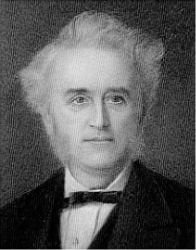Trisomie 21
History
John Langdon Down
In 1866 John Langdon Down, a British physician, described the disease with which his name is still associated: Down's syndrome or Trisomy 21, which he himself called Mongolism.

John Langdon Down worked at Earlswood in a home for people with disabilities. He found that many of his patients were congregating. They showed similar characteristics (flattened face, rounder cheeks, the eyes showed a different position, more distant, ...).
Most doctors were of the opinion that mentally handicapped people can't learn, but John Langdon Down was convinced that with the necessary measures every individual has the possibility to develop. Until his death, John Langdon Down was committed to promoting the development of his clients.
Jérôme Lejeune
Jérôme Lejeune was a physician and professor of genetics, co-author of the discovery of the chromosomal abnormality responsible for trisomy 21, in collaboration with Raymond Turpin and Marthe Gautier.
In October 1958, Jérôme Lejeune announced the discovery of trisomy 21 and Down syndrome at a genetics seminar at McGill University, Canada.

For the first time in the history of genetic medicine, a link was established between mental retardation and a chromosomal abnormality. Jérôme Lejeune and his collaborators later discovered the mechanism of many other chromosomal diseases, paving the way for cytogenetics and modern genetics.
Trisomy 21 is so named following the discovery of its genetic origin by Professor J. Lejeune in 1959 is due to the accidental presence of three copies of chromosome 21 instead of two.
.